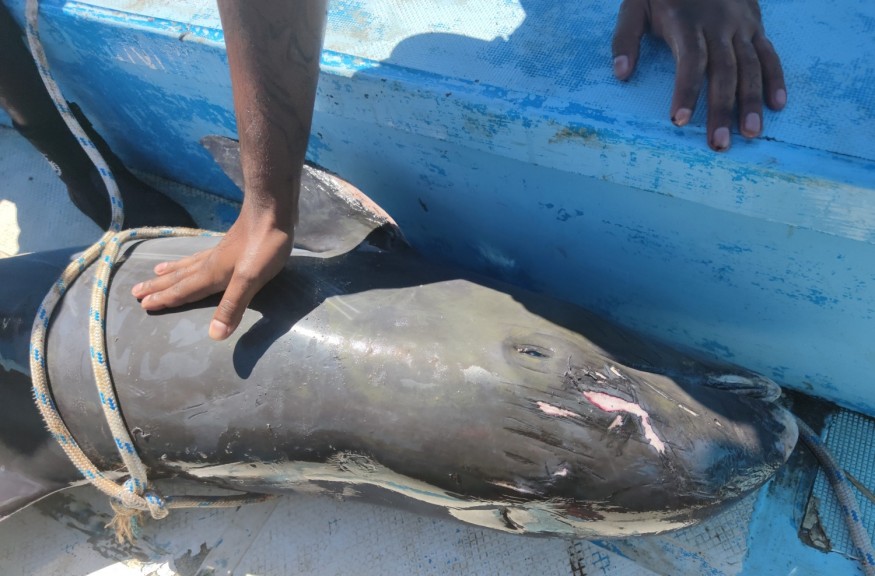According to scientists, humans were to blame for a mystery brain-invading tropical fungal outbreak that killed more than 40 dolphins and porpoises in the Pacific Northwest.

Dead Dolphins
Scientists discovered 42 dead dolphins in the Salish Sea near British Columbia and Washington between 1997 and 2016. All had perished of an illness caused by Cryptococcus gattii, a tropical fungus that had invaded their lungs and spread to their brains.
A similar outbreak occurred in British Columbia from 1999 to 2007, when 218 persons were infected with the fungus, and 19 died due to the disease's consequences.
However, it was unclear how the fungus, which lives inside soil and trees in tropical and subtropical climates and does not transfer between animals, made its way to a northern environment and infected dolphins at sea.
Related Article : Drought-Stricken Poor Areas Are More Prone to Cholera Outbreak
Climate Change Added to the Mix
Climate change pushed the fungus's habitable zone farther north, and then human activity from construction and deforestation displaced the fungus from the soil and trees and moved it into the air, where its deadly spores wafted out to sea, according to a new study published on October 22 in the journal Diseases of Aquatic Organisms.
The brain-invading fungal miasma then sank to the sea's surface, where it was ingested by porpoises and dolphins when they surfaced to breathe. Indeed, the Dall's porpoise (Phocoenoides dalli), which is more prone to participate in festive surface activities like riding in boat wakes, was shown to have a 100-fold higher chance of contracting the illness than the more common harbor porpoise (Phocoena phocoena).
First Documented Case

According to the researchers, the first documented human case of gattii infection in the Salish sea outbreak occurred in a porpoise in 1997, two years before the epidemic's first confirmed human case in 1999. Identification of such illnesses in animals in the future might give a greater early warning of disease outbreaks that could infect humans, especially if climate change allows diseases to spread in previously unimaginable ways.
This is only one example of a fungus expanding its spread as a result of climate change. For example, between 2014 and 2018, the number of cases of valley fever, an illness caused by the Coccidioides fungus that is endemic in the Southwest, quadrupled in California. According to a 2019 modeling research, the fungus will have spread as far east as Kansas and north as North Dakota by 2100.
Drug Resistant Fungus
Another study published in the journal mBio in 2019 hypothesized that the drug-resistant fungus Candida auris was becoming more successful at invading warm human bodies because it had adapted to higher temperatures in the wild. Since the first reported case of the fungus infecting a woman in Tokyo in 2009, there have been numerous outbreaks in Asia, Europe, and the Americas.
"We might see additional illnesses that harm humans and wildlife as we modify the environment in unexpected ways," lead author Sarah Teman, a research assistant at the University of California, Davis School of Veterinary Medicine, said in a statement.
For more health and medicine related news, don't forget to follow Nature World News!
© 2025 NatureWorldNews.com All rights reserved. Do not reproduce without permission.





